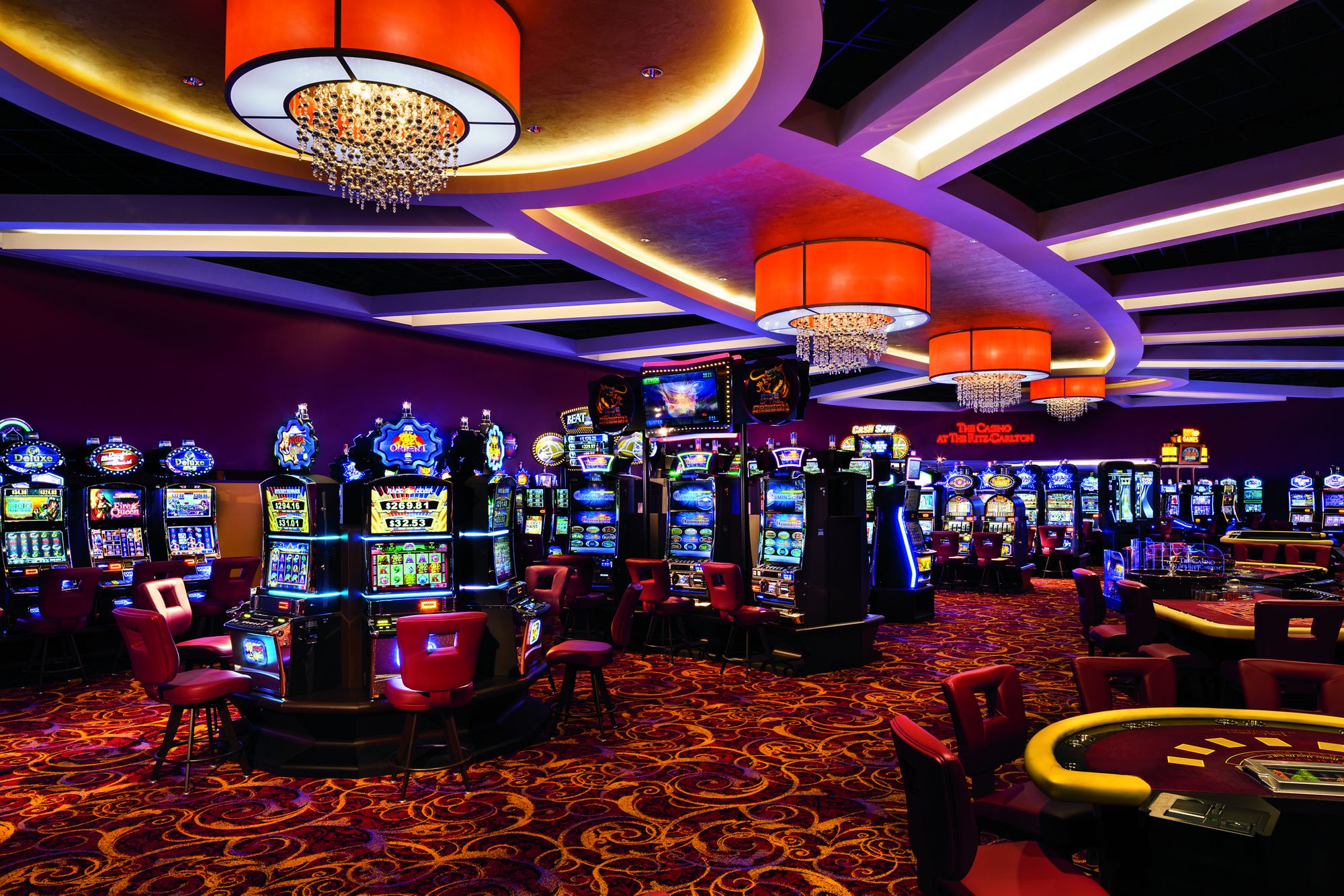
Gambling games have long captivated the human imagination, drawing players into a realm filled with luck, tactics, and the allure of adventure. Each activity is meticulously crafted not just for entertainment, but also to evoke specific emotional responses that keep participants involved and committed. Understanding the reasons behind these designs reveals much about how human psychology plays a vital role in the gaming experience.
From the dazzling lights and vibrant sounds to the complex layering of systems and rewards, casino games are designed to create an atmosphere of anticipation and expectation. Game designers leverage psychological principles to influence gambler behavior, whether through the use of jackpots, almost wins, or social interactivity. By examining these factors, we can better appreciate how casino games fulfill not just a need for entertainment, but more profound psychological needs for excitement and risk.
Understanding Player Actions
Casino games are engineered with a deep grasp of gamer psychology, which is crucial for attracting and retaining players. The thrill of the game, combined with the anticipation of winning, creates a formidable attraction. Game designers employ elements like sound effects, vibrant graphics, and captivating gameplay to seize attention and generate emotional responses. These sensory elements enhance the immersive experience, making players feel more invested in the game.
Another important aspect of player behavior is the notion of risk and reward. Casino games often manage high-stakes situations with the potential for significant rewards, which can lead to the occurrence known as near-miss effect. When players come within reach to winning, the brain secretes dopamine, strengthening their behavior and prompting them to keep playing in search of that hard-to-reach win. This cycle of anticipation and letdown plays a crucial role in how games are structured and advertised.
Lastly, community aspects also play a pivotal role in player behavior at casinos. Many games are designed to be played in pairs or with other players, nurturing a sense of community and collective experience. The community engagement inherent in games like poker enhances enjoyment and can lead to longer play sessions. Designers leverage on this by designing environments that encourage players to remain, connect, and return, making the overall casino experience more inviting.
The Role of Visuals and Audio
Visuals and sound play a vital role in enhancing the gambler’s experience within gambling games. Designers utilize bright colors, eye-catching graphics, and captivating animations to attract gambler’s attention and sustain their interest. The use of motifs, such as exploration or luxury, helps create an engaging atmosphere that takes players into a different world. By appealing to the senses, these elements add to a heightened emotional response, prompting players to interact more profoundly with the games.
Audio design is just as important in enhancing the overall experience of casino games. The mix of background music, sound effects for successful combinations, and ambient noises creates an sound landscape that keeps players fascinated. Sounds associated with victories, such as ringing bells or festive music, evoke feelings of excitement and satisfaction, encouraging players to keep playing. These audio cues are carefully placed to enhance the excitement of the game and create a more engaging experience.
Moreover, the synchronization of visuals and audio is crucial for reinforcing the game’s overall theme and mood. Each element should align harmoniously to create a cohesive experience that pulls players in. The effective use of this integration not only enhances user enjoyment but also boosts the chances of repeat play, as players become more engaged in the immersive world that the gambling games offer. This thoughtful combination of imagery and sound ultimately enhances player involvement and commitment.
Incentive Structures and Engagement
The creation of casino experiences significantly depends on reward structures to ensure players engaged and coming back for additional experiences. These structures are rooted in behavioral theories that exploit human nature and desire. Players are often driven by the excitement of winning, which is supported by immediate feedback through the game structure’s design. non GamStop This prompt satisfaction not just enhances the gaming experience but also fosters a sense of achievement, prompting players to continue playing in hopes of greater rewards.
Gaming establishments implement various reward structures, including large payouts, extra rewards, and multipliers, to engage participants. These elements create a layer of thrill that maintains engagement. Additionally, the randomness of results plays a crucial role in sustaining interest. The intermittent reinforcement schedule, where wins are random but occur often enough, maintains participants on edge and driven to continue participating. This cycle of anticipation and anticipation is foundational to the success of gambling experiences.
Furthermore, social elements, such as tournaments and collaborative options, boost the participation factor by leveraging the competitive nature of participants. The shared experience of playing with others can intensify the thrill of winning and create a community atmosphere within the casino. By integrating these social dynamics with effective incentive structures, gambling experiences don’t just provide fun but also nurture a deeper bond among participants, solidifying their commitment to the gaming experience.



